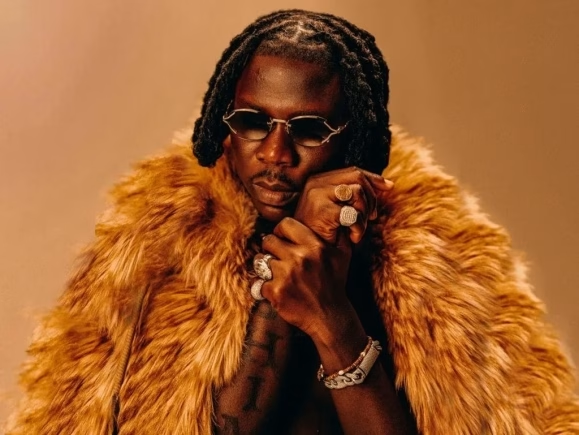Stonebwoy’s Grammy Hiplife Snub: A Misplaced Outrage?

- Stonebwoy slams article on Ghanaian hiplife for excluding him
- Article author Nana Kojo Mula defends focus on hiplife pioneers
- Stonebwoy's outrage deemed unwarranted, as article scope was specific to hiplife
Ghanaian musician Stonebwoy has stirred controversy with his recent criticisms of an article on hiplife published on grammy.com. Initially considering a brief social media response sufficient, Stonebwoy has now decided to address the issue more thoroughly, prompted by his recent interview with MC Portfolio.
In the interview, Stonebwoy expressed frustration over the article titled “10 Artists Essential to Ghanaian Hiplife: Reggie Rockstone, Sarkodie, Mzbel & More,” authored by Nana Kojo Mula. Stonebwoy had previously criticized the article on X (formerly Twitter), stating: “Who ever wrote this article is interestingly missing THE NAME @stonebwoy. @RecordingAcad Do Due Diligence before you publish half dozed articles aiming to capture the true image of the State of the Ghanaian Sound.”
While acknowledging that Mula’s article contains a few factual errors—such as incorrectly dating Shatta Wale and Samini’s emergence to the early 90s instead of the late 2000s, and misclassifying them as “pioneering hiplife artists”—Stonebwoy’s criticism centers on his exclusion from the piece. The hiplife movement began in 1993 and was solidified in 1996 with Reggie Rockstone’s song “Tsooboi,” and neither Shatta Wale nor Samini was active in the genre at that time.
Stonebwoy’s dissatisfaction also extends to the inclusion of Beeztrap in the article, questioning his impact on the hiplife scene. However, the criticism highlights a broader issue: historical writings often omit certain figures due to various factors. Historical accounts, including those in religious texts, reflect the experiences and perspectives of their authors. Despite the omission of some artists, this does not undermine their contributions or their future potential for inclusion in other narratives.
Stonebwoy’s critique has prompted a broader discussion about the role of writers and the need for more comprehensive storytelling. Encouraging writers like Kojo Mula to continue documenting Ghanaian music is vital, despite any shortcomings or differing viewpoints.
The crux of Stonebwoy’s argument appears to be his belief that he deserves recognition in hiplife history. Despite his significant influence in the broader Ghanaian music scene, Stonebwoy is primarily known for his work in reggae, dancehall, and afrobeats. As the genre of hiplife has evolved, so too has the landscape of Ghanaian music, with artists like Black Sherif and King Paluta emerging in the hiplife and hip-hop spaces.
Stonebwoy’s criticism of the inclusion of Black Sherif and King Paluta in the article, while questioning their roles in hiplife, may seem misplaced. Black Sherif has made notable strides in the hiplife and hip-hop genres, earning accolades such as the ‘Best International Flow’ award at the 2023 BET Hiphop Awards. King Paluta, though still rising, is also making waves in the hiplife scene. Their mentions in the article reflect their current impact, which is significant within the genre’s ongoing evolution.
Stonebwoy’s assertion that his numerous Grammy nominations should warrant his inclusion in the article is also contested. The piece was focused on hiplife and its key figures, not a comprehensive overview of all Ghanaian music or artists with Grammy connections. The presence of hiplife influences in the article does not equate to a broad representation of Ghanaian music as a whole.






